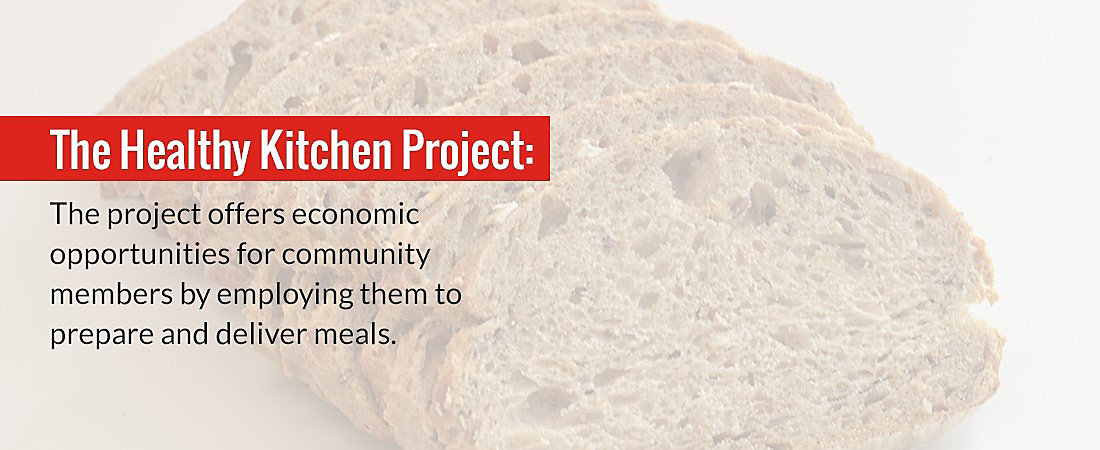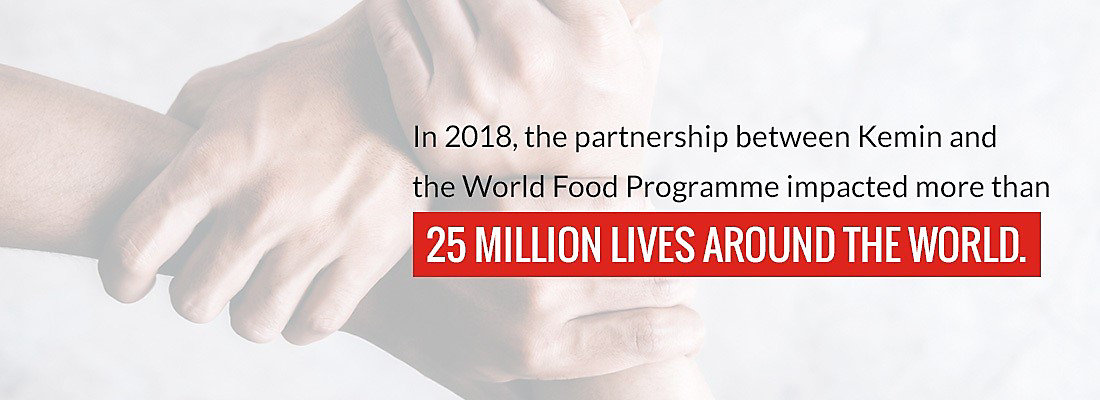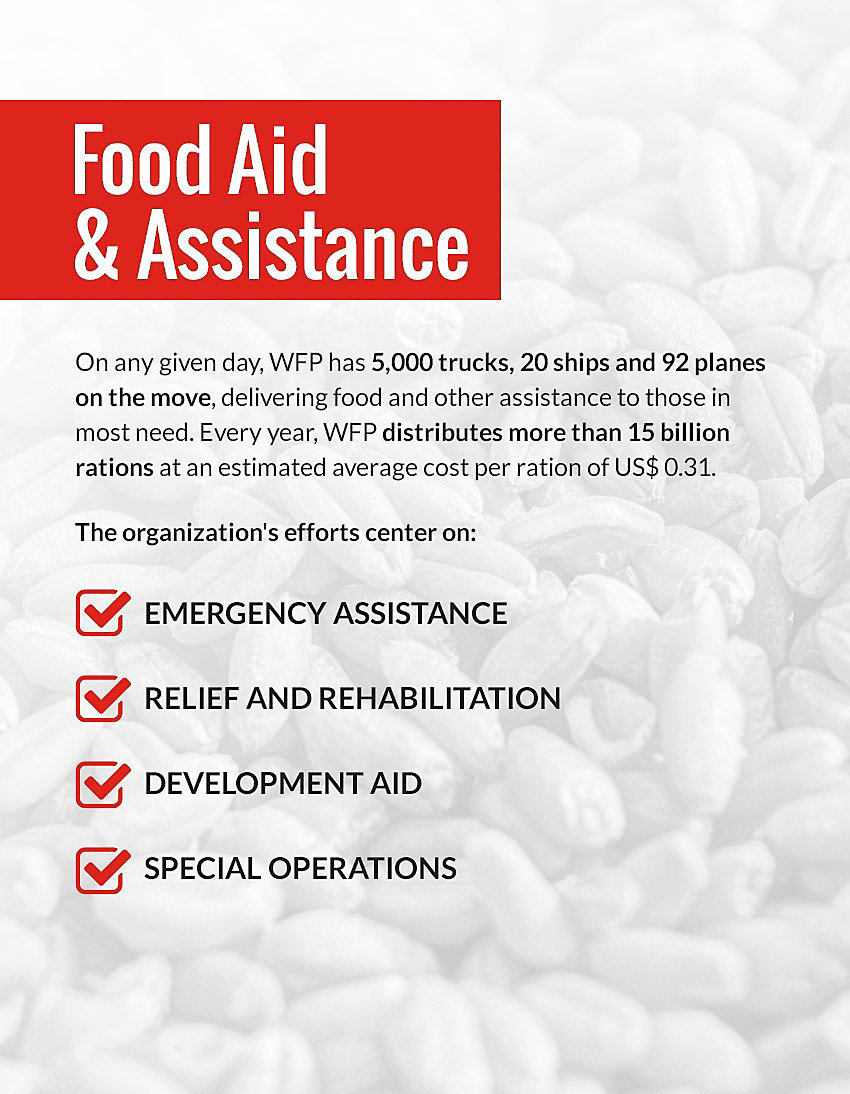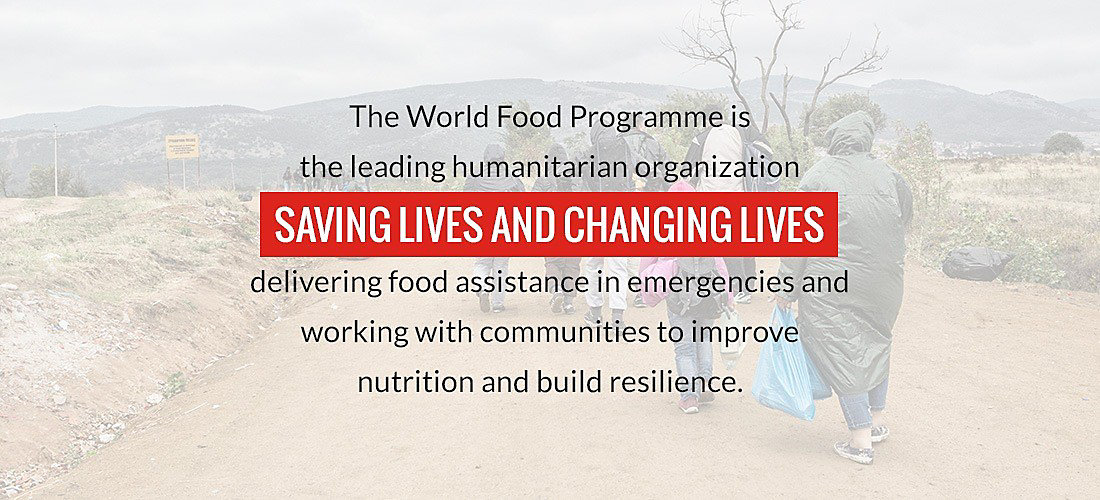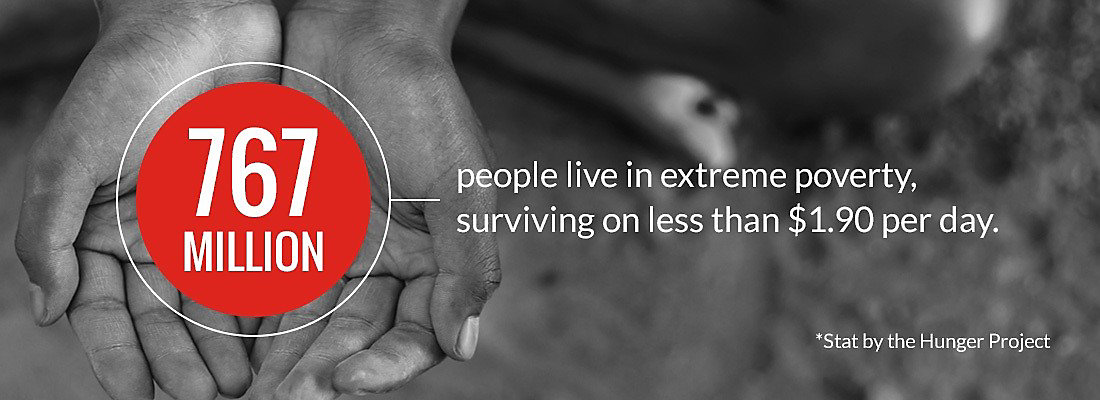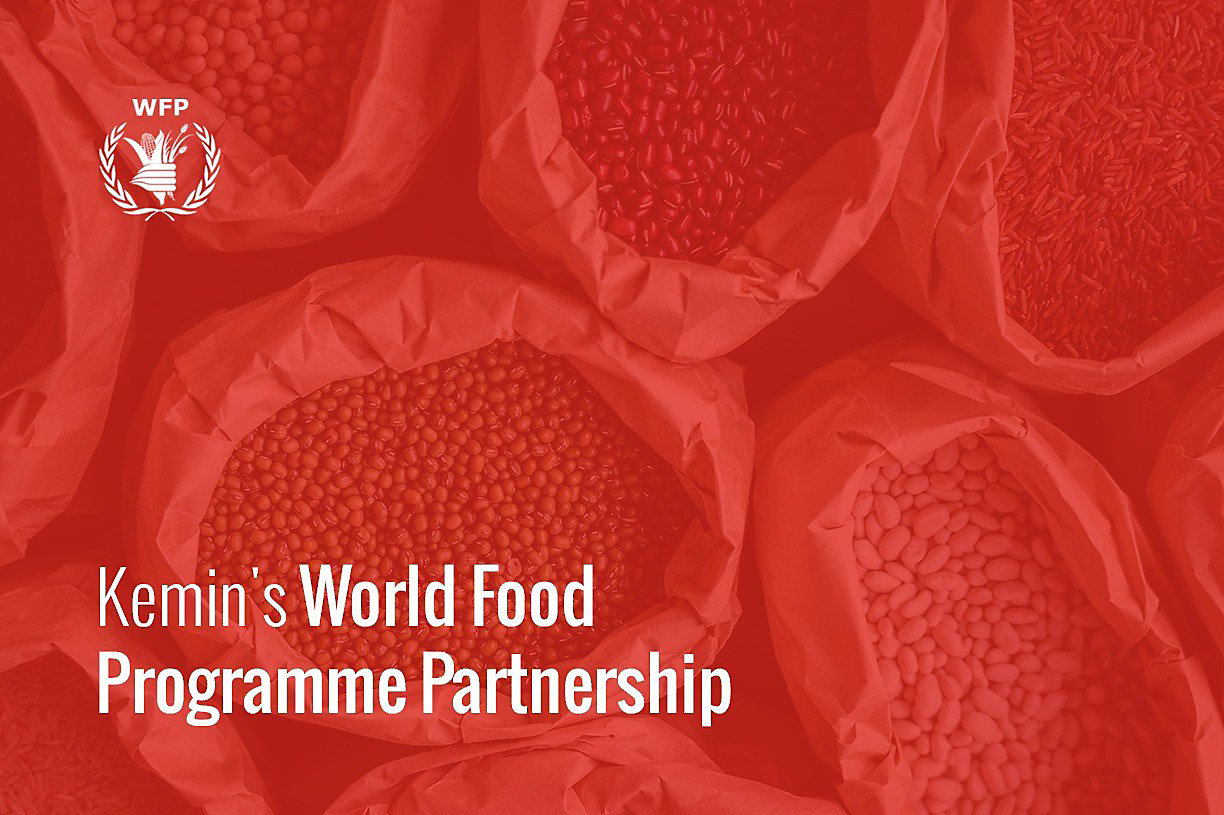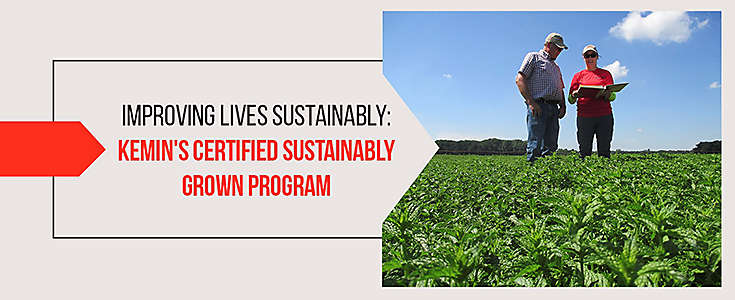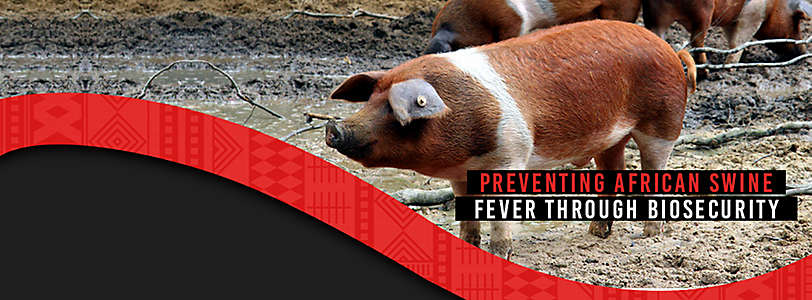Kemin's Contribution to the World Food Programme
Our partnership with the World Food Programme began in 2004, and we have been steadily ramping up our degree of involvement ever since. In 2017, Kemin entered a brand-new public-private partnership agreement with the WFP to continue our service for at least another five years. The agreement allows us to provide resources and technical expertise to WFP teams and help improve food quality through both cash and in-kind donations.
The WFP's shift in focus to food assistance rather than simple aid has perfectly positioned Kemin to lend our decades of experience in developing areas. The number of local food purchases has increased, and the WFP is providing more products tailored to locality, creating a need for greater formalized oversight in quality.
Kemin provides World Food Programme with strategic guidance to facilitate the development and implementation of a Food Safety Quality Management system. Once in place, this system will allow the WFP to monitor and manage quality assurance all the way through the food supply chain. The Food Safety Quality Management system will also empower local growers and manufacturers to provide the best products for their communities while improving the overall quality of the WFP's food basket.
Kemin food technologists are using research to play a vital role in the development of new products. They are evaluating food procured by the WFP for oxidative, microbial and nutritional qualities. Our food technologists provide recommendations for products through every stage of development, from raw materials' quality to the recipe of the end product and its packaging. One of our biggest goals is to provide guidance that improves the shelf life of end products, eliminating waste and increasing the utility of every bite of food.
In 2018 alone, Kemin's partnership with the WFP assisted 25 million people across the planet — and we're just getting started.
Real-World Experience
Our relationship with the World Food Programme and the people it serves doesn't just happen in the lab or the check-writing process. To understand the true face of hunger and the difference the WFP makes, a Kemin team visited a refugee camp in 2018.
The Zaatari refugee camp is located in Jordan near the Syrian border. Established in 2012 in response to displacement from conflict, the camp is now home to approximately 80,000 people. Zaatari grew from a small collection of tents to an urban settlement with several schools, community centers, a hospital, two food assistance supermarkets and an informal market. Kemin team members observed several of the WFP's initiatives in action during their visit.
· The Healthy Kitchen Project: This project is the perfect example of how the WFP partner initiatives can increase resiliency and self-sufficiency within communities. It offers economic opportunities for community members by employing them to prepare and deliver meals. The project also improves nutrition by supplying meals to schoolchildren, each including a baked good, fresh vegetable and seasonal fruit.
· WFP Grocery Store: The camp's two WFP-run grocery stores provide food to refugees using food-restricted vouchers. Thanks to a partnership with the UN High Commissioner for Refugees, the stores use cutting-edge iris scan technology as a payment method for refugees—one of the ways the WFP is using technology to reduce environmental impact.
· Classroom Visit: The Kemin team visited one of the schools in the camp to distribute meals through the School Meals Programme. Seeing first-hand the difference better nutrition makes was an unforgettable experience.
· The Jordina Factory: Our team got to see the production of fortified date bars made for schoolchildren. These bars are nutrition-packed and represent exactly the type of product development Kemin is proud to aid.
This hands-on experience only reinforced our commitment to being a resourceful and innovative partner for the WFP.

